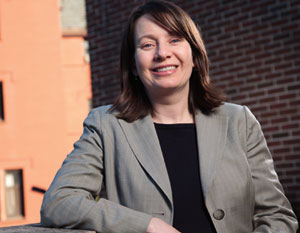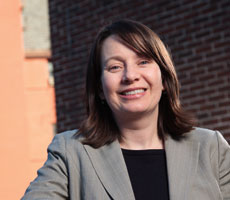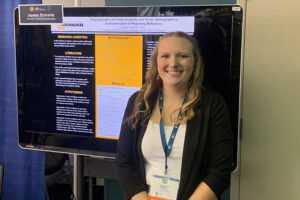
Caffeinated-alcoholic beverages (CABs) were banned from the U.S. market in November 2010 by the U.S. Food and Drug Administration, which noted serious health incidents at university campuses. However, current manufacturers of Four Loko, Moonshot, Joose, Core High Gravity and others continue to tap into a primarily young-adult-male market with separate highly caffeinated drinks (also called energy drinks) and high-alcohol drinks.
The issue has flared up again. According to a Jan. 24 , 2012, Wall Street Journal article, some energy-drink manufactures have begun adding citocoline to their products, claiming that it improves mental performance. Citocoline, a stimulant that occurs naturally in the body, has been used to help regenerate brain function in stroke patients. The evidence at this time is inconclusive regarding citocoline for this or any other purpose, and especially for use in healthy individuals.
While CABs have been banned, concerns obviously remain, says Lisa Berger, associate professor in the Helen Bader School of Social Welfare and researcher with UWM’s Center for Addiction and Behavioral Health Research (CABHR). Berger’s research on energy drinks and their consumption in Milwaukee markets appeared in a recent issue of Addictive Behaviors.
She and her colleagues found that in Milwaukee and its suburbs, energy drinks are being most consumed by non-black minorities; CABs (homemade, mixed at a bar, in a can when those were available) were being more highly consumed by young Caucasians.
Co-authors on the paper were Michael Fendrich, director of CABHR; Han-Yang Chen, statistician with the Center for Urban Population Health (CUPH), University of Wisconsin School of Medicine and Public Health, Aurora Health Care and UWM; Amelia M. Arria, director of the Center on Young Adult Health and Development, University of Maryland School of Public Health; and Ron A. Cisler, director of CUPH, University of Wisconsin School of Medicine and Public Health, Aurora Health Care and UWM.
“In Milwaukee, you can see the advertising for energy drinks at work – the Red Bull car and Monster delivery trucks, and the Monster T-shirts being worn by young consumers,” Berger said. “The market for energy drinks is clearly young people.”
Manufacturers of these unregulated, high-caffeine products are widening their markets with celebrity endorsements and low-sugar products geared at the female market. Diet Rockstar, for example, claims to be “scientifically formulated to speed the recovery time of those who lead active and exhausting lifestyles – from athletes to rock stars.”
Meanwhile, in-store displays can catch the eyes even of preschoolers. (Berger recalls her own 3-year-old at a gas station, eye-level with the energy-drink display.)
Berger emphasizes the concerns that remain with high-alcohol beverages, energy drinks and mixing the two.
High-alcohol beverages contain dangerously high levels of alcohol. Sold in 23.5-ounce containers, a single can delivers the alcohol content of a bottle of wine, or 4.7 drinks. (The beverages contain up to 12 percent alcohol.) A night of heavy drinking is considered more than three drinks for a woman, four for a man.
Energy drinks continue to bring calls to poison control centers. One can of such a drink may contain as much as 260 milligrams of caffeine, or the equivalent of three cups of coffee or seven 12-ounce Cokes. Side effects include a racing heart, headache, anxiety, insomnia and an upset stomach.
Mixing the two is dangerous. People continue to mix alcohol with high levels of caffeine, and with it comes dangers. Research has shown that such drinks may increase a person’s likelihood of engaging in risky behaviors and experiencing negative consequences, including heavy drinking, being taken advantage of sexually, taking advantage of another person sexually and intending to drive while drunk. “The caffeine makes the person think they are not as drunk as they are,” Berger says.
Fighting back
What can concerned individuals do to fight back? Plenty, says Berger.
- Work with school districts to ban energy drinks from K-12 campuses.
- Help children of all ages cut through the advertising hype. Read the ad copy for these products with your child and separate fact from fiction. For example, energy-drink ads promise increased energy, alertness, nutrition, mental and athletic performance. In truth, they are essentially cans of sugar and caffeine, which is where the “energy boost” comes from.
- Talk with young adults about the dangers of mixing caffeine and alcohol.
- Support current action that seeks further limitations. An alcohol-industry watchdog group, Alcohol Justice, is requesting that individuals contact their U.S. senators and representatives to stop a proposed deal between the Federal Trade Commission and the makers of Four Loko that does little to address either the size or the alcohol content of these high-alcohol beverages.



